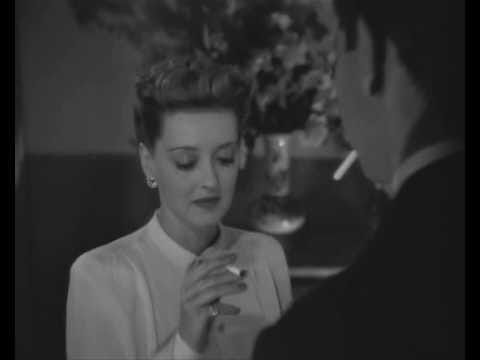Anyone walking around Paris in the early morning will almost certainly encounter a green-clothed street sweeper, plastic broom in hand, plying his trade. A stopcock in the sidewalk having directed a stream of water down the gutter, he follows it, Pushing bits of debris out onto the dry edge, to be swept up shortly by the rotary brushes of a machine designed for that purpose.
Most of what it gathers are megots – cigarette butts. 350 tons of them a year in Paris alone, we’re told. Smokers may be the new untouchables but the custom of smoking, unlike them, is apparently in rude good health. Except, that is, in the cinema
Inauthenticity in historical films never bothers me much. I barely flinch when Olivia de Havilland’s dress in The Adventures of Robin Hood has a zipper and Richard the Lionheart in The Crusades wears a wrist watch.
Forgiveness comes less readily when the era in question is one’s own. I experienced at first hand the Los Angeles of such recent productions as Once Upon a Time in Hollywood, La La Land and Netflix series Hollywood. In the last, some young hunks do their best to embody LA beefcake c. 1948 but never even suggest men who have just lived through a war and, in some cases, fought in it.
They’re all so clean. Where is the underarm hair, the warts, moles and scars, the bad haircuts and, for that matter, the once ubiquitous hats? Where, above all, are the cigarettes? Smoking, along with how to eat with chopsticks, is not apparently a skill taught to today’s young actors. The gingerly manner in which they place a fag between their lips suggests that, given the choice between a Lucky and the male member, they wouldn’t hesitate.
I never smoked, but remember tobacco as the great leveler, the instrument of bonding and seduction. Butts, ashtrays, packs, lighters, matches and smoke were ubiquitous in cars, cafes, private homes, offices, aircraft, even cinemas, where a stratum of smoke hovered just above our heads, making visible the projector beam, softening the blacks and muting the whites of nitrate film, giving it a quality of charcoal and pastel.
Luis Bunuel, when he gave up tobacco, said he missed most these automatic movements of smoking, the gestures which, like commas and semi-colons, punctuated social interaction. Placing the cigarette between the lips, lighting it with the snap of a Zippo or a match cupped in the hand, expelling smoke, ashing; all belonged to the language of cinema. Mitchum dropping a lighted cigarette to the street and smearing it out underfoot conveyed more of decisiveness than any clenched-jawed close-up. And what Bette Davis could do with a Chesterfield….
Shall we just….have a cigarette on it?





Stunning clip. I can’t imagine Paris without cigarettes.